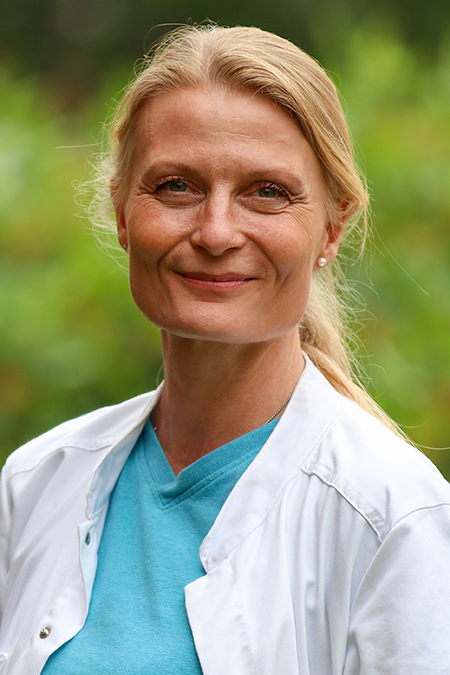Improving methods for prenatal diagnosis and prediction of pregnancy complications
Meet Puk Sandager
“Most pregnancies are uneventful, but when complications occur it is potentially life-threatening for the women and/or the unborn babies - and you are dealing with two patients at the same time.”
How can we develop better ways to predict and diagnose maternal and fetal complications? These are important questions for PhD and Clinical Associate Professor Puk Sandager, born 1965, who is a researcher in the field of fetal medicine and pregnancy.
“I have always been fascinated with pregnancy and the development of the fetus – the ability of the female body to undergo the significant changes needed to fulfil pregnancy and birth, and the creation of a new human life,” Puk Sandager says.
A step towards prevention and improved treatment
Currently, Puk Sandager works with methods to establish better ways to evaluate the biomechanical properties of the tissue of the uterine cervix - a potential important step towards identifying women at risk of preterm birth. Furthermore, she works with a national team on projects focusing on screening and prevention of preeclampsia and within that field also with the department of engineering on self-measurement and home monitoring devices.
In Centre for Fetal Diagnostics she works with colleagues from Clinical Genetics and Anthropology on improvement of the diagnostic tools for prenatal diagnosis and treatment - and also how to communicate prognostic information in the best way and improve the parental counselling during pregnancy.

Important research for women worldwide
She hopes that her research will affect the management and care of women who deal with serious problems during pregnancy.
“Conception and pregnancy are complicated processes and the time surrounding pregnancy and birth is vulnerable. Worldwide, women die each day from complications related to pregnancy and childbirth. Finding ways to identify women at risk of pregnancy complications early in pregnancy, or even before pregnancy, and achieving better understanding of the biology, are the first steps towards prevention and improved treatment,” Puk Sandager says.